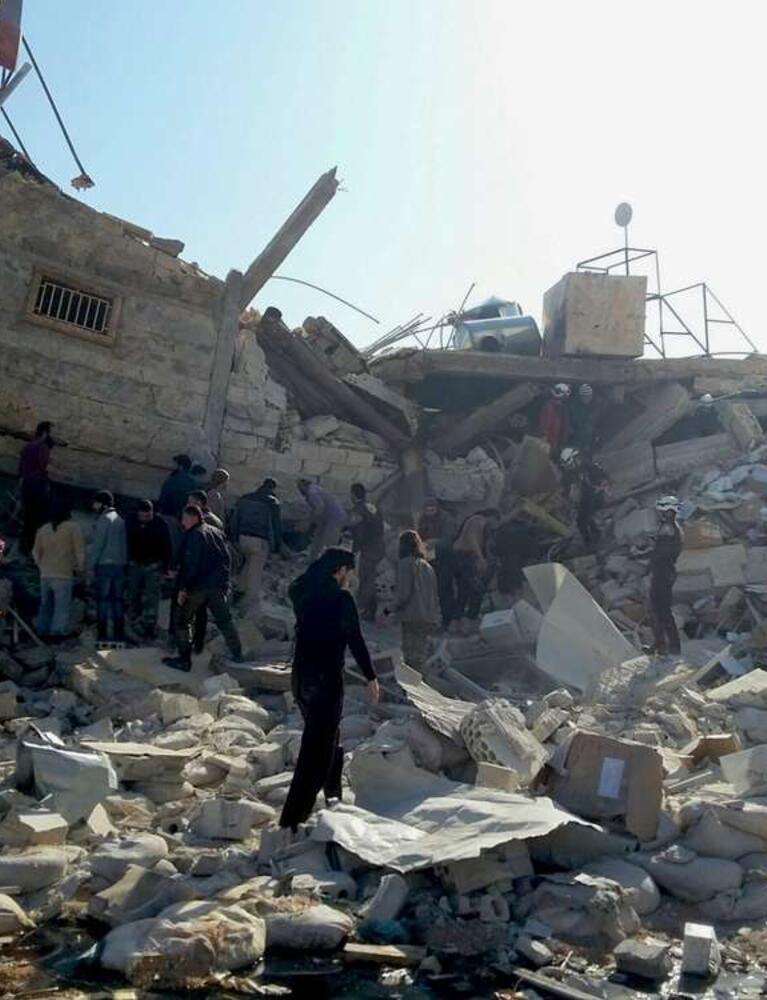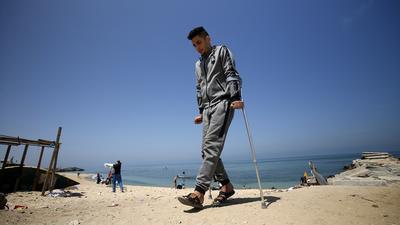As the conflict in Syria approaches its sixth year, the humanitarian and medical toll of the violence remains appalling. Millions of people have been internally displaced or have sought refuge abroad. Millions more are trapped in communities that are under siege or hemmed in by the closed borders of neighboring countries. These countries, already overwhelmed by the numbers of Syrians seeking protection, have increasingly introduced restrictions on entry for new arrivals.
Meanwhile, the level of violence inside the country shows no signs of abating. Death and injury are a daily reality. The year 2015 saw an increased number of countries engaging their military and entering the war. Russia intervened in September on the invitation of the Syrian government, with significant use of its air force, while France and the UK extended their air campaigns under the US-led coalition from Iraq to Syria in September and December. This situation is unprecedented, as four of the five permanent members of the UN Security Council are now actively engaged in hostilities in the Syrian conflict.
This report aims to present a documented analysis of the medical and humanitarian consequences of the intensification of the military campaign in 2015, based on medical reports and data from 70 clinics and hospitals in Syria supported by Doctors Without Borders/Médecins Sans Frontières (MSF).
Key Data
-
Of 66 communities identified in the Damascus region, with a combined estimated population of 1.45 million and derived from 35 health facilities supported by MSF, 93,162 were treated, of whom 36,068 were women and children (children defined as under the age of 15). MSF recorded 4,634 war-dead, of which 1,420 (31 percent) were women and children. There has been a decrease on a month-by-month basis due to the shift of conflict to the west and north of Syria.
-
MSF regularly supports 45 medical facilities, of which an average of 34 contributed medical data (12 of which are in besieged zones). The data shows: 61,485 war-wounded were treated, 10,473 (17 percent) were children under five years old
-
Seventy-four mass casualty incidents were recorded. They account for 3,978 wounded treated, with 1,252 (31 percent) women and children and 770 dead, 228 of whom were women and children. East Ghouta, in August alone, recorded 28 individual mass casualty events, which accounted for 840 wounded, 367 of whom were women and children and 144 dead, 48 of whom were women and children. After October, there has been an increase of mass casualty events in north and western Syria, with October marking 17 mass casualty events - 575 wounded, 220 of whom were women and children; 120 dead, of which 53 were women and children.
-
The data also shows a total of 94 aerial and shelling attacks hit MSF-supported facilities, with 12 cases leading to total destruction (the first spike was recorded in May and June, followed by October), as well as a total of 81 medical staff killed or wounded. Note: MSF supports only a fraction of the total medical facilities in Syria.
-
Data shows that there have been numerous cases of "double-tap" attacks (i.e. a second attack 20 to 60 minutes after the first). This has been recorded by time in specific cases.
-
MSF-supported facilites alone have recorded 7,009 dead and 154,647 wounded, 30 to 40 percent being women and children. In besieged zones in the Damascus region, MSF recorded 1,400 dead and more than 36,000 wounded.
Click graphic for full size
MSF's Message
- MSF urgently calls for all attacks on civilian targets and infrastructure to end.
- MSF specifically calls for protection and respect of medical facilities, and an end to all attacks on them.
- MSF calls for full humanitarian access to all besieged zones and unhindered movement for medical evacuations, supplies, and medical staff.
- MSF specifically appeals to four of the UN Security Council permanent members to respect their own resolutions and to pressure their allies to implement them.






